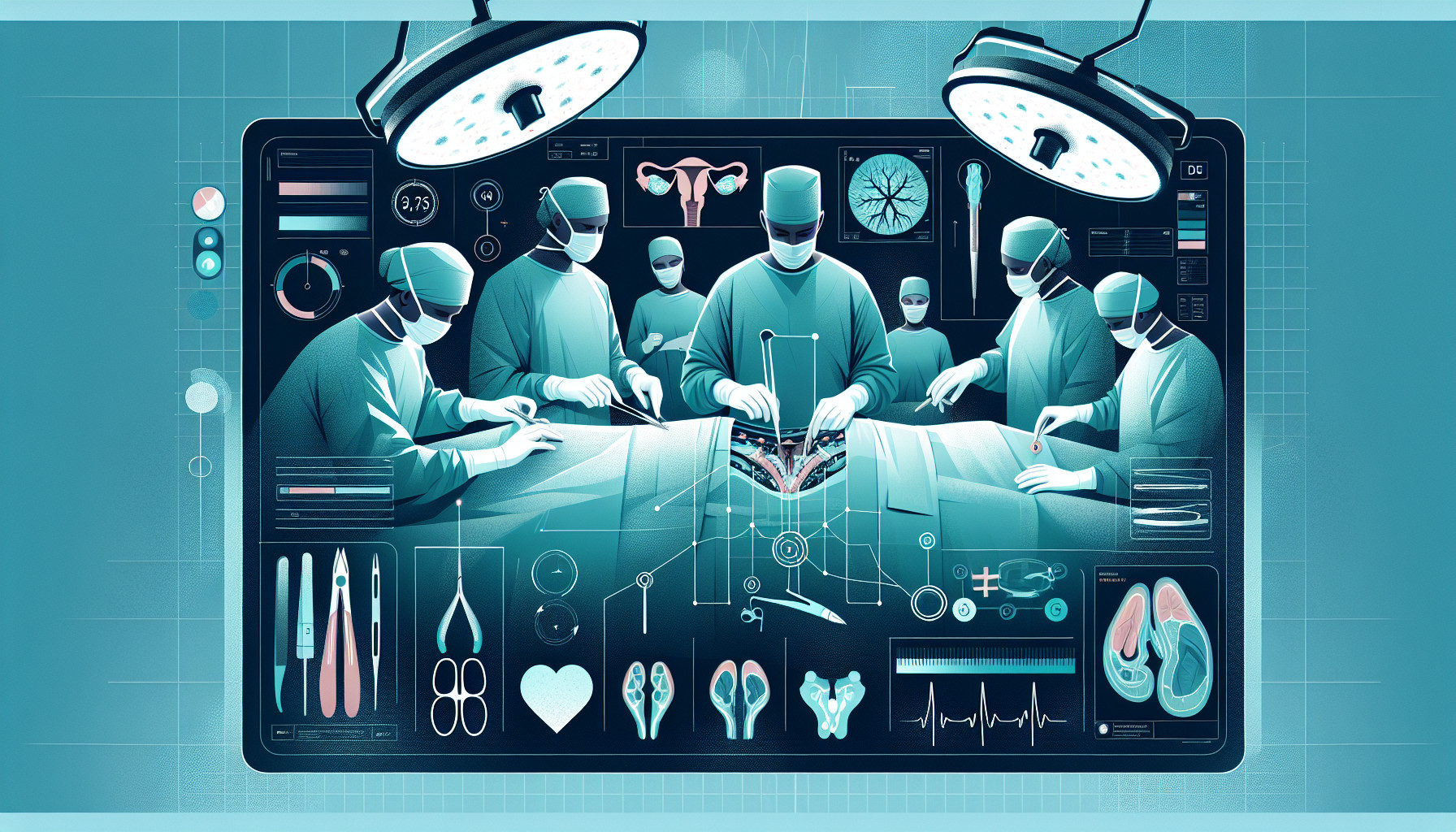Our Summary
This research paper talks about a medical emergency involving severe testicular pain - often referred to as ‘acute scrotum’. This condition can be caused by several factors, one of which is ’testicular torsion’ - a situation where the spermatic cord that provides blood flow to the testicle twists, cutting off its blood supply. This condition represents around 25% of all ‘acute scrotum’ cases.
The paper shares a case study of a 15-year-old boy who came to the emergency room with severe pain in his left testicle, which extended to his abdomen and left groin area. He also experienced nausea and vomiting for over 12 hours. Using a Doppler ultrasound, doctors suspected testicular torsion. They performed surgery and discovered that the boy’s left testicle had indeed twisted around the spermatic cord, causing it to die off due to lack of blood supply. As a result, they had to remove the dead testicle.
The paper concludes that testicular torsion should always be considered a significant cause of severe testicular pain. It stresses the importance of a timely diagnosis to save the testicle from dying off. The longer the delay in diagnosis and treatment, the higher the chance of losing the testicle.
FAQs
- What is testicular torsion and how common is it?
- What are the symptoms of testicular torsion and how is it diagnosed?
- What does the treatment for testicular torsion involve and why is timely diagnosis important?
Doctor’s Tip
A helpful tip a doctor might tell a patient about testicular surgery is to seek immediate medical attention if they experience sudden and severe testicular pain. Delays in diagnosis and treatment can impact the success of the surgery and the potential for testicular salvage. It is important to not ignore any symptoms and to seek prompt medical care to avoid complications.
Suitable For
Patients who are typically recommended testicular surgery include those who present with acute scrotal pain, particularly if it is sudden and continuous and accompanied by symptoms such as nausea, vomiting, and abdominal or inguinal pain. Testicular torsion is a common cause of acute scrotal pain, especially in young males, and prompt diagnosis and surgical intervention are essential to prevent testicular necrosis and loss. Patients with findings suggestive of testicular torsion on imaging studies such as Doppler ultrasound may require surgery, such as orchiectomy, to salvage the affected testicle. Delay in diagnosis and treatment can lead to irreversible damage and loss of the testicle.
Timeline
Before Testicular Surgery:
- Patient experiences sudden and continuous pain in the testicle
- Pain may radiate to the abdomen and inguinal area
- Nausea and vomiting may occur
- Doppler ultrasound is performed to diagnose testicular torsion
- Surgery is scheduled to treat the condition
After Testicular Surgery:
- Surgery reveals a necrotic testicle with rotation of the spermatic cord
- Orchiectomy (removal of the testicle) is performed
- Patient may experience post-operative pain and discomfort
- Follow-up appointments are scheduled to monitor recovery and assess any complications
- Patient may need to adjust to the physical and emotional changes associated with losing a testicle
What to Ask Your Doctor
Some questions a patient should ask their doctor about testicular surgery include:
- What are the risks and potential complications associated with the surgery?
- What is the expected recovery time after the surgery?
- Will I need any follow-up appointments or tests after the surgery?
- What are the potential long-term effects of having one testicle removed?
- Will I need any special care or precautions after the surgery?
- How will the surgery affect my fertility and hormone levels?
- Are there any alternative treatment options to surgery?
- What can I expect in terms of pain management after the surgery?
- Will I need to make any lifestyle changes after the surgery?
- How soon can I return to normal activities, including exercise and sexual activity?
Reference
Authors: García-Fernández G, Bravo-Hernández A, Bautista-Cruz R. Journal: Cir Cir. 2017 Sep-Oct;85(5):432-435. doi: 10.1016/j.circir.2016.05.014. Epub 2016 Aug 8. PMID: 27423885
